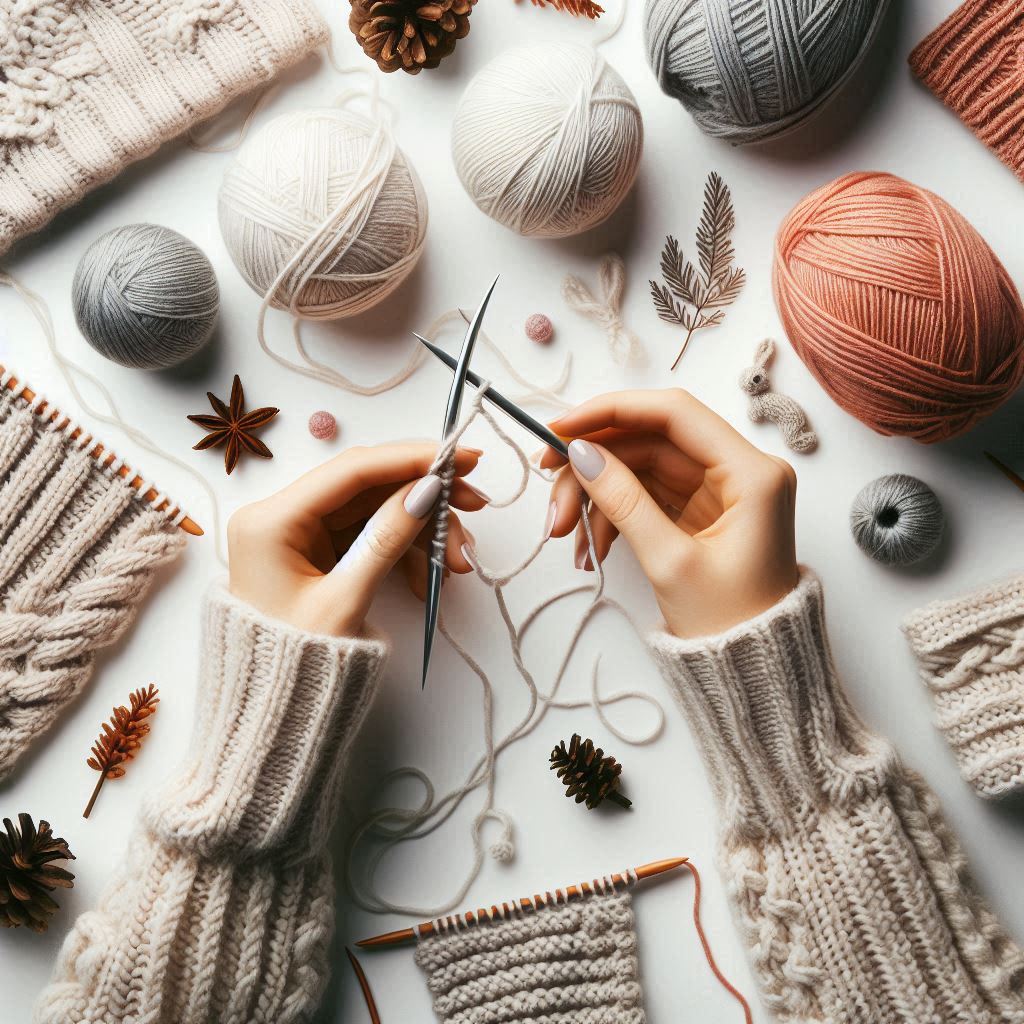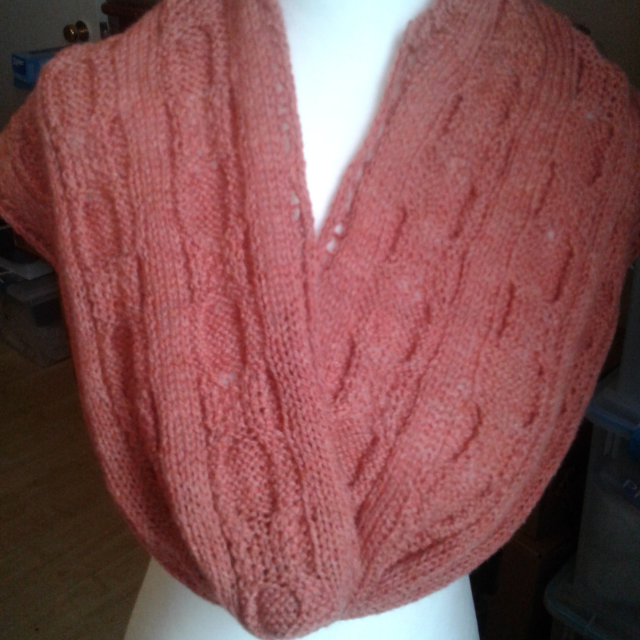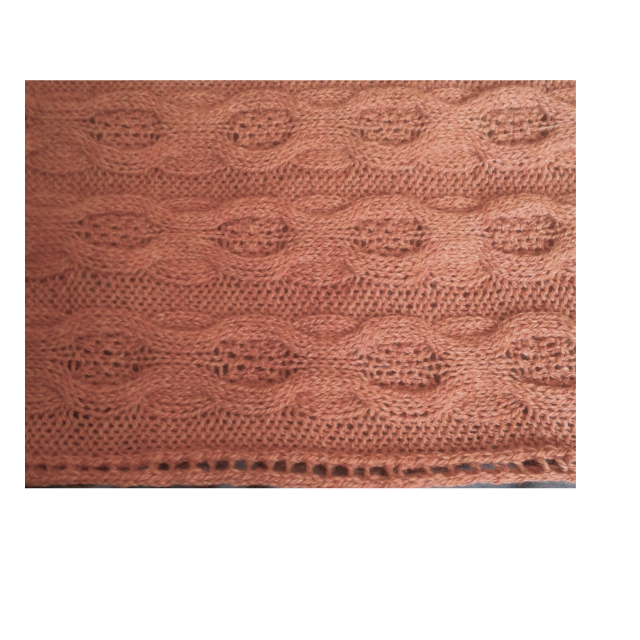
The very foundation of knitting is the cast-on. This isn’t just about getting loops on your needle, it’s also about setting the stage for everything that comes after. So, choose something that you are comfortable with because your knitting journey starts right here.
Understanding the importance of casting on is essential. It’s the method by which stitches are initially added to the needle and is fundamental for everything from scarves to sweaters. You need to know this to create a base for your work
You’re going to need needles – which can be straight, circular or double-pointed depending on your project – and yarn. Don’t worry too much about getting fancy. Choose needles that are recommended for the weight of yarn you will be using. This information is usually on the band that holds your ball/skein together.
To do a basic cast-on hold your needle in your right hand, make a slip knot with your yarn, and slide it onto your needle. That’s your first stitch! Next, you’ll learn to add stitches. I use the ‘knit cast-on‘ for beginners – it’s straightforward and paves the way for learning the knit stitch later on. Also very popular is the long-tail cast on. Click on the link for instructions.
If you’re hitting snags, maybe the stitches are too tight, too loose, or just uneven. Everyone struggles initially. The key is consistency. Keep practicing, and you’ll find it gets easier over time. You can always adjust your approach down the road. Patience and persistence are your best friends in knitting.
Perfecting the Cast-On: Tips and Variations for Experienced Knitters
By now, you’ve got the basics of casting on down pat, but knitting is a craft of continuous learning and mastery. As you grow from a beginner to a more experienced knitter, you’re going to find out about a world of cast-on techniques, each with its unique benefits.
Different projects call for different types of edges. That’s where understanding various advanced techniques like the long-tail cast-on or the stretchy cast-on can come in handy. These methods can significantly affect elasticity and edge firmness, ensuring your finished projects look and feel exactly as you intended.
To maintain an even tension can be challenging when trying new cast-on methods. A simple tip is to regularly check your stitches. If you notice they’re too tight or too loose, adjusting the tension you use to feed yarn onto needles will help.
Remember to explore and combine different methods. For instance, a tubular cast-on could be just the ticket for a ribbed cuff, while a cable cast-on might better suit a sturdy neckline. Choose something that fits nicely with the project at hand.
Knitting should be fun and fulfilling. I really hope that you embrace the adventurous side of casting on. Experiment with different types and find the cast-on technique that becomes your go-to. The right start can take your knitting projects from good to great.
I would also like to present you with my latest creation (JUNE COWL) Romantic Breeze. It is crafted in Purl Soho Good Wool which is a DK weight.


